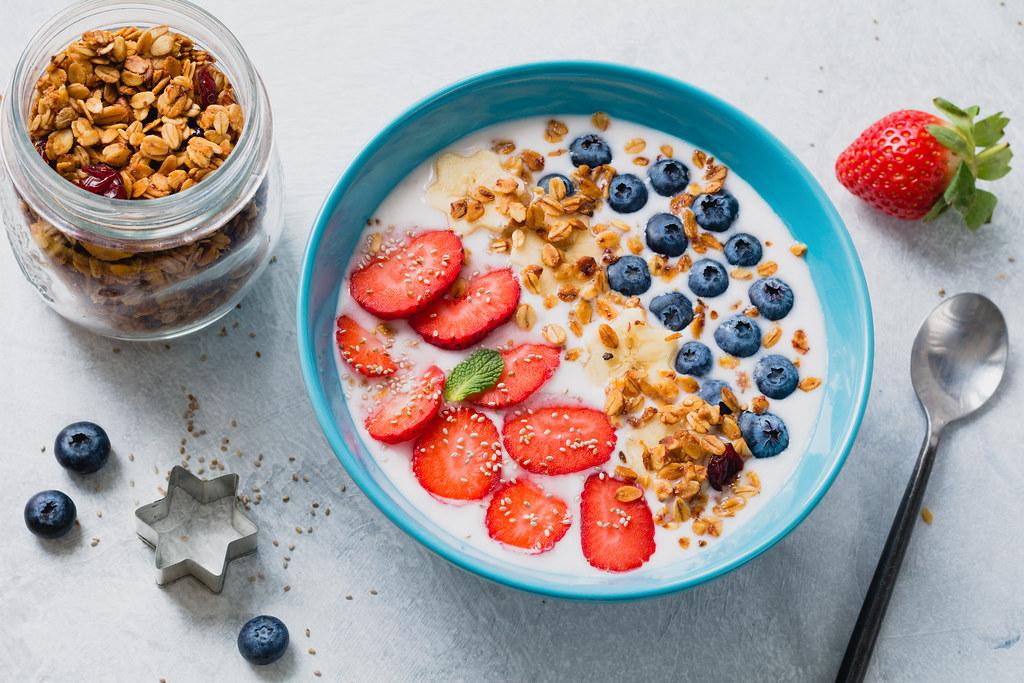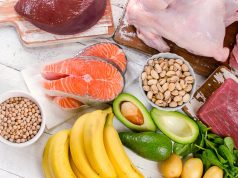In today’s fast-paced world, finding the balance between maintaining a healthy diet and sticking to a budget can feel like an uphill battle. Many of us are all too familiar with the struggle of wanting to nourish ourselves and our families with wholesome meals, yet feeling constrained by financial limitations. You’re not alone in this journey, and the good news is that healthy eating doesn’t have to come with a hefty price tag. In this guide, we’ll explore practical and creative strategies to prepare nutritious meals without breaking the bank. Whether you’re a seasoned home cook or just starting out, these tips are designed to help you make the most of your resources, turning everyday ingredients into delicious, healthful dishes that support both your wellbeing and your wallet. Let’s embark on this path together, transforming the way you think about food and finances.
Understanding Budget-Friendly Nutrition
Eating healthy doesn’t have to break the bank. By being resourceful and strategic, you can enjoy nutritious meals without overspending. Here are some tips to help you make the most out of your grocery budget while still prioritizing your health:
- Plan Your Meals: Take time to map out your meals for the week. Planning helps you avoid impulse buys and reduces food waste. Opt for recipes that share ingredients, allowing you to buy in bulk and save.
- Buy Seasonal Produce: Fruits and vegetables are cheaper when they’re in season. Not only do they cost less, but they also taste better and pack more nutrients.
- Embrace Plant-Based Proteins: Lentils, beans, and chickpeas are not only affordable but also packed with protein and fiber. Incorporate them into your meals to stretch your budget further.
| Ingredient | Cost per Serving | Benefits |
|---|---|---|
| Oats | $0.10 | High in fiber, supports heart health |
| Eggs | $0.20 | Rich in protein, versatile in meals |
| Carrots | $0.15 | Rich in vitamins, supports vision |
By making small changes and focusing on cost-effective ingredients, you can nourish your body and wallet simultaneously. Keep experimenting with different combinations to find meals that delight your taste buds and fit your budget.

Smart Shopping Tips for Healthy Ingredients
Eating healthy doesn’t have to break the bank. With a little strategic planning, you can fill your cart with nutritious ingredients while keeping your budget in check. Start by prioritizing whole foods over processed ones. Whole grains, fresh vegetables, and lean proteins are not only healthier but often cheaper. Consider shopping at local farmers’ markets or joining a community-supported agriculture (CSA) program for fresh produce at reduced prices.
- Buy in Bulk: Stock up on pantry staples like brown rice, oats, and dried beans. These items have a long shelf life and can be bought in larger quantities for less money per serving.
- Seasonal Shopping: Fruits and vegetables are generally more affordable and tastier when they’re in season. Plan your meals around these items to save money and enjoy fresher produce.
- Generic Brands: Opt for store brands over name brands. They’re usually of comparable quality and significantly cheaper.
| Ingredient | Average Cost | Health Benefit |
|---|---|---|
| Brown Rice | $0.18 per serving | Rich in fiber and antioxidants |
| Chickpeas | $0.15 per serving | High in protein and fiber |
| Frozen Spinach | $0.20 per serving | Loaded with vitamins and minerals |

Creative Meal Planning for Nutritious Dishes
Transforming your meal planning routine into a creative and nutritious journey doesn’t have to break the bank. By harnessing the power of simple ingredients and strategic shopping, you can craft delicious dishes that satisfy both your taste buds and your budget.
- Embrace Versatile Ingredients: Choose ingredients that can be used in multiple dishes. Beans, lentils, and rice are affordable staples that can serve as the base for a variety of meals, from hearty soups to flavorful stir-fries.
- Seasonal and Local Produce: Buying fruits and vegetables that are in season or sourced locally not only supports local farmers but also reduces costs. Seasonal produce is often fresher and more nutrient-rich.
- Batch Cooking: Prepare larger portions of meals and freeze leftovers. This saves time and ensures you always have a healthy option ready, preventing the temptation of costly takeout.
| Ingredient | Cost-effective Substitute |
|---|---|
| Quinoa | Brown Rice |
| Chicken Breast | Chicken Thighs |
| Almond Milk | Oat Milk |
remember that simplicity is key. Focus on a few quality ingredients and use herbs and spices to enhance flavors. With a little creativity, you can enjoy nutritious meals that are both satisfying and budget-friendly.

Simple Cooking Techniques to Maximize Flavor and Nutrition
Cooking on a budget doesn’t mean compromising on flavor or nutrition. By mastering a few simple techniques, you can enhance the taste and health benefits of your meals without spending a fortune. Here are some strategies to get the most out of your ingredients:
- Sautéing and Stir-Frying: These methods use minimal oil and quick cooking times to preserve the nutrients and flavors of vegetables. To make the most of your sauté, cut veggies into uniform pieces to ensure even cooking and add them to a hot pan to seal in their natural juices.
- Roasting: A great way to bring out the natural sweetness in vegetables and lean meats. Use a sprinkle of herbs and a dash of olive oil to enhance the flavors. Roasting at high temperatures can caramelize the exterior, giving your dishes a rich, savory taste.
- Marinating: A simple marinade can transform inexpensive cuts of meat and plant-based proteins. Use acidic ingredients like vinegar or citrus to tenderize and infuse flavor. A basic marinade might include olive oil, lemon juice, garlic, and herbs.
| Technique | Benefits | Ideal Ingredients |
|---|---|---|
| Sautéing | Quick, preserves nutrients | Vegetables, lean meats |
| Roasting | Enhances sweetness, rich flavor | Root vegetables, poultry |
| Marinating | Tenderizes, infuses flavor | Chicken, tofu |
Experimenting with these techniques can elevate your dishes, turning simple, budget-friendly ingredients into delicious, nutritious meals. Remember, a little creativity goes a long way in maximizing both flavor and nutrition.








































